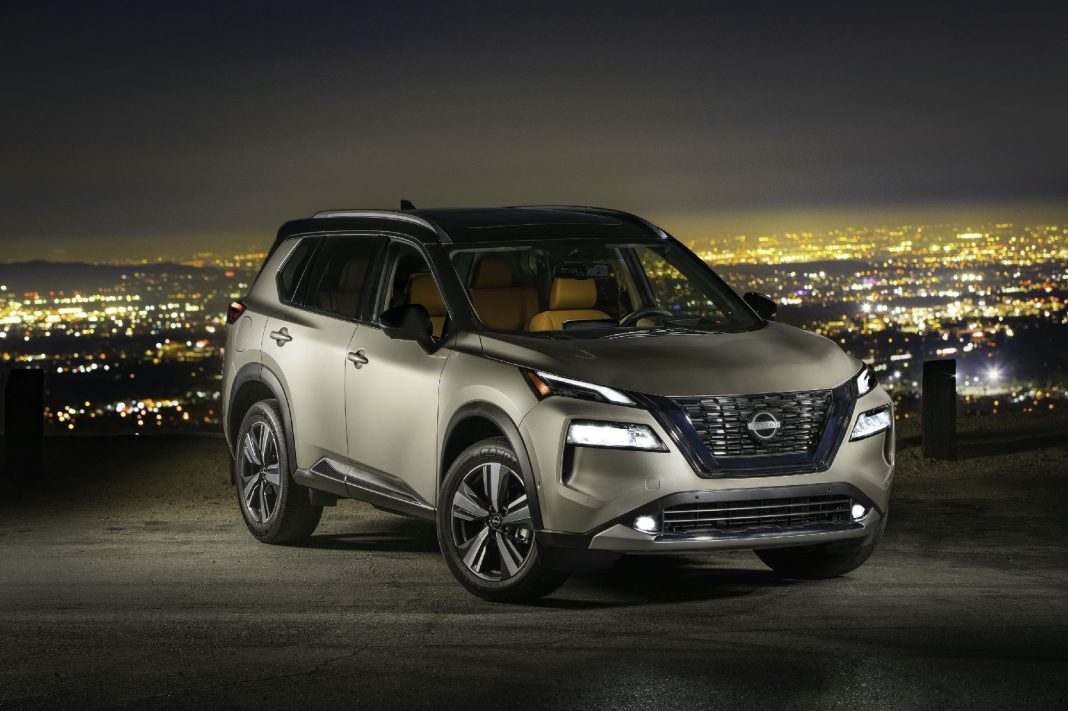By Eric Peters
The Nissan Rogue sells pretty well. This is hard at first glance to understand. It does not look very roguish, for one. And it costs a bit more to start than rivals like the Hyundai Tucson and Mazda CX-5.
It also has the smallest engine you’ll find in any crossover its size — just three cylinders and only 1.5 liters.
So why do people buy the Rogue over others in the class?
Probably for at least two reasons …
What It Is
The Rogue is Nissan’s very popular compact-size crossover. Like the models it competes with — including the Mazda CX-5, Hyundai Tucson and Toyota RAV4 (and its rebadged/resold rival, the Mitsubishi Outlander, which is a Rogue under its Mitsubishi skin) — the Rogue has gradually grown in size over the years to the point that it is almost midsize now.
Unlike its rivals, the Rogue comes standard with smallest — strongest — standard engine in the class.
It also boasts the highest mileage in the class, too.
Prices start at $27,630 for the front-wheel-drive S trim; adding the available all-wheel-drive system bumps the MSRP up to $28,860.
A top-of-the-line Platinum trim with AWD stickers for $38,640.
What’s New for 2023
SL and Platinum trims come standard with Amazon Alexa compatibility. There’s a new Midnight appearance package available for the SV trim that includes gloss black 18-inch wheels and roof rails as well as upgraded faux leather upholstery inside.
What’s Good
Standard engine is strong — and fuel-efficient.
More space inside for cargo than several rivals.
Can pull a light (1,500-pound) trailer.
What’s Not So Good
Costs about $1,000 more to start than rivals like the Tucson and CX-5.
Several rivals (including Tucson and CX-5) can tow a 2,000-lb. trailer.
Standard engine is really small and relies on a lot of boost to make its power.
Under The Hood
It used to be how low can you go? — in reference to the Limbo Under. Now it’s how small can you go.
The Rogue comes with just 1.5 liters — and only three cylinders — but the engine produces plenty of horses (201). And because it is so small, it uses very little gas. The Rogue can go 30 miles in city driving on a gallon of gas, and 37 on the highway. These are among the highest city/highway fuel economy numbers in the class.
A CVT automatic is standard in all trims.
On The Road
The Rogue feels much larger-engined than it is, courtesy of all that boost — 15 psi — which summons 225 foot-pounds of torque at just 2,800 rpm. This eliminates the chief complaint of many regarding small engines paired with CVT transmissions, that being the tendency of the transmission to let the engine rev to near-redline (5,000-plus rpm) and hold it there — because otherwise there’s no power there.
In the Rogue, a little bit of pedal summons all that torque; the 1.3’s output is comparable to that produced by a small V6, which is ample to move this crossover quickly without it feeling sounding as if it’s straining.
At The Curb
The Rogue does not look very Roguish, does it?
In fact, it is very practical. More so, as it turns out, than some of the more roguish-looking small crossovers in the class, especially the Mazda CX-5. That one is a looker. But look inside. The Mazda sacrifices practicality for the sake of outward appearances. Just 59.3 cubic feet of total cargo capacity vs. 74.1 for the Rogue.
Of the models it competes directly with, only the Hyundai Tucson offers more practicality — and just barely (74.8 cubic feet of total cargo capacity).
There are some slightly roguish styling touches, too, such as the flat-bottom steering wheel that looks a lot more roguish, actually, than the one Nissan put into the new Z car.
There’s also an off-center gear selector on top of a “floating” center console, and a 12V power point still conveniently located where the driver can see and reach it, just ahead of the gear selector. In a growing number of new cars, the 12V power point is located behind the driver, in the backseat area or some other hard-to-reach place.
The Rest
If you like the Rogue but need more seats, you might check out the Mitsubishi Outlander, which is a Rogue resold by Mitsubishi that comes standard with something the Rogue does not offer at all: a third row — and room for up to seven people. The additional seats cost more, of course. The Mitsubishi version of the Rogue stickers for $28,340 to start.
The Bottom Line
Now you know at least three reasons why people like the Rogue – including the version sold by Mitsubishi!
View the Nissan Rogue this week.
Eric’s latest book, “Doomed: Good Cars Gone Wrong!” will be available soon. To find out more about Eric and read his past columns, please visit the Creators Syndicate webpage at www.creators.com.
COPYRIGHT 2022 CREATORS.COM




